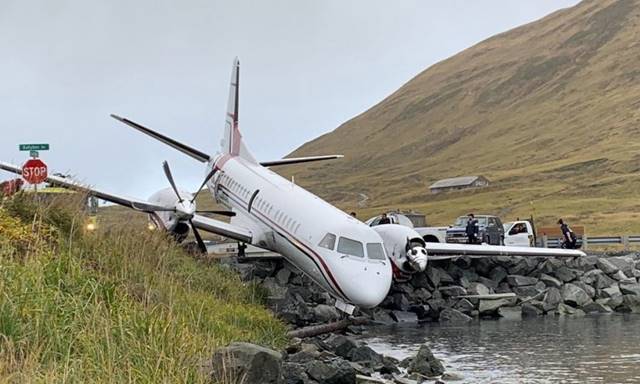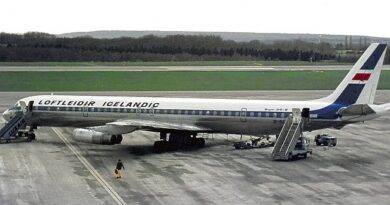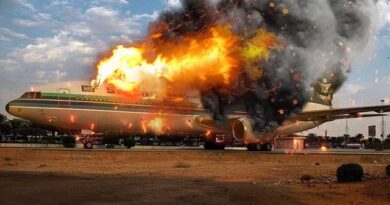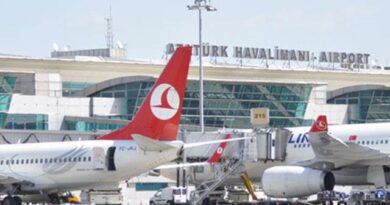PenAir Flight 3296
Every year, hundreds, if not thousands of plane accidents occur all around the world. While many of these accidents happen due to human error, there also exist some other common causes for plane accidents in civil aviation such as weather conditions, faulty devices or miscalculations done by flight computers. Even though, as we just mentioned, the main reason for most plane accidents is human error. And it was no exception for PenAir Flight 3296, which took place on October 17 2019. And today, we will tell you the story of this flight/accident, and look into the series of events that caused this fatal plane accident.
Alaska has been one of the most demanding and lucrative airline markets since the beginning of commercial flight. Numerous remote settlements that are cut off from one another by great distances and a lack of roads depend on air transport to survive. As a result of the challenging conditions faced by the brave pilots who choose to fly to these isolated communities, Alaska has earned a reputation as the last bastion of aviation safety. So, it would not be wrong to say that minor accidents happen very often in these regions, however, PenAir Flight 3296 was not really that minor, since it caused the loss of a passenger, as well as fatally injuring 10 others.
The Day Of The Accident
On October 17, 2019, a PenAir commuter jet in Unalaska, Alaska, overran the runway and narrowly avoided crashing into Dutch Harbor’s frigid seas. Unfortunately, calamity could not be prevented when the left propeller broke apart and a loose blade slashed through the cabin, killing one passenger and wounding a number of others.
The plane was scheduled to land at Unalaska at 2:15 AST on the day of the disaster after taking off from Anchorage at 15:15 AST. The crew was given permission to make an RNAV approach to Runway 13, a 4,501-foot (1,372 m) long runway, as they descended near Unalaska. Although it was quoted as 270 degrees at 10 mph, the wind altered from 210 degrees at 8 knots to 180 degrees at 7 knots as the aircraft reached the airport. A go-around was carried out as the plane started to become unsteady. The aircraft made a U-turn to make a visual approach to Runway 13.
The pilot applied reverse thrust and wheel brakes on the aircraft to help it land 1,001 feet (305 m) down the runway. Maximum braking was used when the aeroplane reached an airspeed of 80 knots. The pilots guided the aircraft right to avoid crashing into the sea after the end of the runway as an overrun was about to occur. After failing to come to a halt on the paved runway surface, the aircraft traversed some grass before piercing a chain perimeter fence and crossing a ditch. The plane collided with a massive boulder before coming to a rest on the edge of a small lake. It then crossed a public road. A 4 to 5 foot signal post was hit by the port wing. This resulted in the port-side (left) propeller breaking, which sent shards and substantial propeller blade fragments into the fuselage. Inside the cabin, one of the blades was discovered.
One passenger was killed when a propeller blade pierced the fuselage, one was critically hurt, and 10 others had minor injuries out of the 42 passengers and staff on board. The 24-year-old aircraft sustained significant damage in the collision and was declared a total loss.
The National Transportation Safety Board (NTSB) began an inquiry the day after the collision. The accident was blamed on “the landing gear manufacturer’s faulty wiring of the wheel speed transducer harnesses on the left main landing gear during refurbishment,” according to the final report, which was published on November 2, 2021, two years after the accident. The flight crew’s decision to land in a tailwind that exceeded Saab’s limits (which the NTSB deemed inappropriate) and the Federal Aviation Administration’s (FAA) authorization for Unalaska Airport to operate the Saab 2000 without first considering the runway safety area were all contributing factors in the accident.
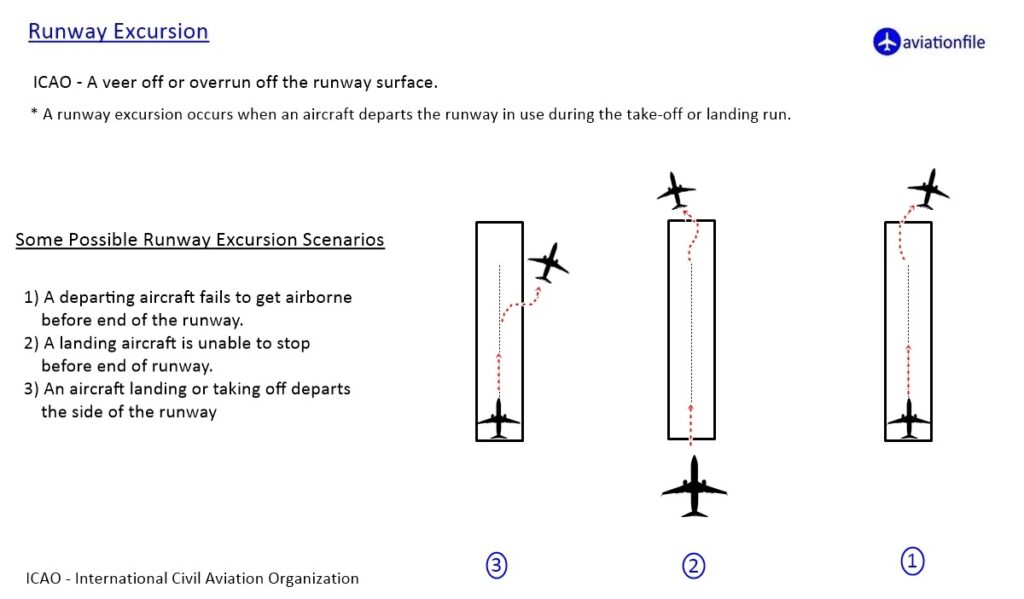
Sources
https://en.wikipedia.org/wiki/PenAir_Flight_3296
https://planecrash.fandom.com/wiki/PenAir_Flight_3296
https://www.adn.com/opinions/2020/10/21/one-year-later-the-crash-of-flight-3296/
